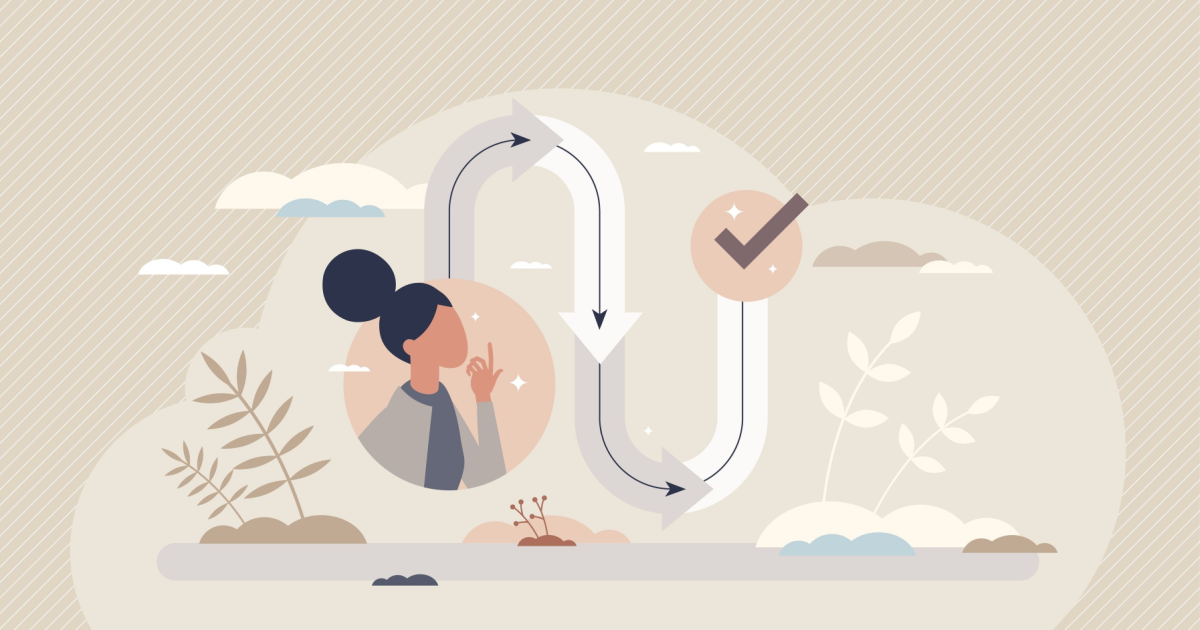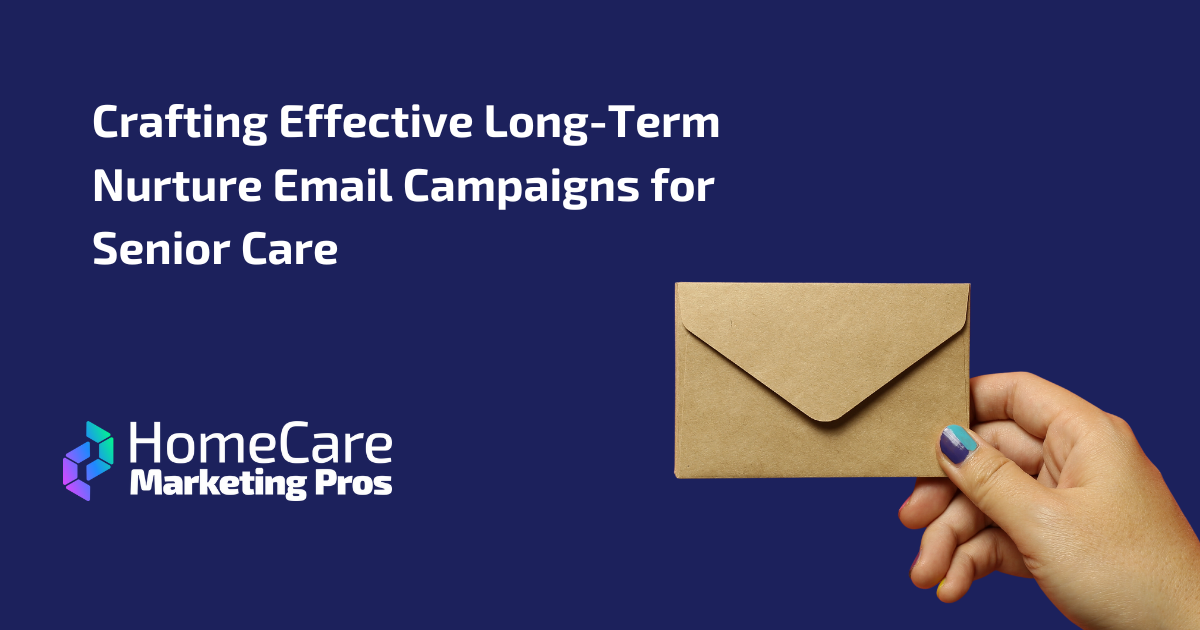How Building Your Own Customer Journey Can Improve Your Home Care Agency’s Sales
Tailoring the sales process to your clients can move them through the funnel quickly and smoothly

Client leads travel through the home care sales process by way of a series of interactions and engagements. That might include referrals, pamphlets, educational or informational content, print collateral, social media, digital ads, TV commercials, phone calls, webinars, video calls, and emails. Hopefully, all of them are positive and meaningful experiences and move the lead closer to becoming your client.
However, you can’t control every moment your brand appears before a potential client—as we’ll look at later in this article—but you can improve your chances of closing the sale by designing a detailed and targeted customer journey that can give your marketing efforts structure.
What is a customer journey?
The customer journey comprises all the points where potential clients encounter your brand. It’s the way they go from learning about your home care agency to signing on as a client.
These interactions might be active or passive. Active when there is outright contact—a phone call, an email, or a digital ad, for instance—and passive when a potential client serendipitously encounters your agency, like when a friend or a hospital discharge coordinator recommends it.
Plain and simple, positive interactions increase the likelihood of winning new home care clients. The inverse is true too: 32% of consumers say they will walk away from a brand after just one bad interaction. A planned path for potential clients to follow can prevent valuable leads from slipping through the cracks and dropping out of your sales process.
Your competition is also paying close attention to the way clients and potential clients engage and interact with their agency. According to Gartner, more than two-thirds of companies say they compete on customer experience alone.
4 stages of the customer journey
Every customer journey will look different. Factors like product or service type, cost, and your brand’s place in the market will influence the journey, but in most cases, the customer journey can be sorted into four basic stages.
1. Awareness
The first stage in the customer journey is awareness. In home care sales, this generally means the awareness that someone needs home care services. This might be after a medical diagnosis, an accident, or other major life change. For some, it might be the upward path to recovery after an operation or the empowering decision to age in place.
For those who need home care services, this stage often comes with myriad emotions, many of them unexpected. At this point, focus not on what services you offer, but on how you can make life easier for your potential client and their family.
2. Consideration
This is when the potential client decides what services they need and what agency can best provide it to them. At this stage, you’re competing the hardest with other agencies and health care providers, so this portion of the journey should emphasize your competitive advantages.
3. Purchase
The purchase decision is when you close the deal. Here, communication is key. It would be a disappointing loss to guide a potential client all this way only to lose them due to a simple miscommunication or misunderstanding.
4. Retention
The customer journey doesn’t end once you close the sale and onboard a new client. Now, you have to hold onto them with excellent home care, exceptional customer service, and even new service offerings.
How to map your customer journey
Your task is to take the basic steps of the customer journey (maybe the four listed above or your own) and list all the ways a potential client might encounter your agency within each. Then, make a plan to move them seamlessly from one stage to the next.
Awareness might begin at hospital discharge—but then what? Do you count on leads to reach out to you, or do you have a way to contact them upon release? Leads in the consideration phase might have lots of questions about your agency. Do you give them easy ways to reach out?
Here are some tips for mapping every important touchpoint in your customer journey.
1. Tap your marketing automation platform for information about who your clients are and what they share in common, like demographic data, interests, income, and life stage.
2. Take an inventory of everything you have. All agencies already have a customer journey, it just may not be mapped or organized. Make notes on every moment of interaction you have with leads: List all your referral sources, current marketing campaigns and assets, community programs, etc.
3. Build customer personas using your client data by sorting them into groups and noting their differences and common characteristics. For example, you may find that clients who come to you via local hospitals are women aged 50+ with a parent who needs full-time home health care following a major medical event. On the other hand, you may learn that leads who come to you via client referrals are often parents of young children who need in-home assistance with developmental difficulties.
Building “personas” can help you design messages and experiences that serve their unique needs.
4. Interview your staff and caregivers about your current clients, including the questions they ask and the problems they encounter. At what point do they feel the most friction? At what point do clients ask about different services? Where do leads feel lost? Make a list of all your referral sources.
5. Collect client survey and exit interview data to understand what’s working and what’s not to plan ways to address those points of friction in your customer journey.
6. Use visuals to map your customer journey. Get creative with pyramids, blocks, flow charts, wheels, images, color coding, etc., to help you visually organize your strategy. This can help you identify gaps. For instance, you might mark human touchpoints in green and digital touchpoints in blue and discover that leads don’t interact with a person until far too late in the journey.
7. Update your customer journey as you go. Every new client is an opportunity to improve your process. This doesn’t mean your journey needs to be remapped after every new acquisition, it just means you should use data on incoming and outgoing clients to regularly refine your customer journey map.
Want a hand with improving your customer journey?
Let Home Care Marketing Pros help with our variety of digital marketing solutions. From professional website design to ad campaigns and marketing automation, our tools can help your customer journey be one where clients feel valued.
Reach out to us to learn more!












